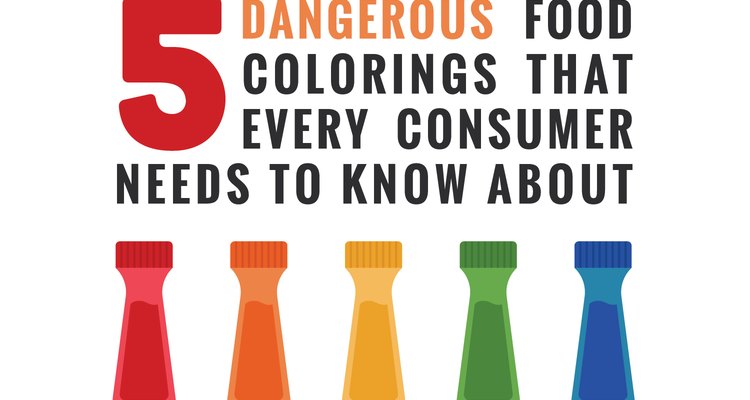
Gracie Wilson/LIVESTRONG.COM
Before you reach for those M&M’s, you might want to know that many brightly colored foods are made with dangerous, petroleum-derived dyes. That’s right: You’re ingesting products that have originated from crude oil, says the American Chemical Society.
Candy, drinks and other crazily shaded foods aren’t the only ones getting the rainbow treatment. Seemingly natural foods, pharmaceuticals, liquors and even clothing can contain carcinogenic colors.
While ABC News reports Norway, Sweden and Austria have banished many, the U.S. still allows nine different hues to make their way to our stomachs. Lisa Y. Lefferts, senior scientist at the Center for Science in the Public Interest (CSPI), states, “The Center for Science in the Public Interest recommends avoiding caramel color as well as synthetic food dyes, such as Red 40, Yellow 5, Yellow 6 and Blue 1.”
It’s hard to say which one is the worst, but these five really take the cake — artificially colored sprinkles and all.
1. Red 40
At home, your strawberry sundaes are probably made with real fruit, but McDonald’s (at least in America) uses a combination of Red 40, corn syrup and a few berries that are about as real as wax fruit.
Used in more foods than any other dye, this fire-engine hue should set off alarms. Red 40 contains benzidene, a known carcinogen. Your medicine cabinet isn’t even safe; children’s liquid medications are infused with the DNA-damaging substance. In bread, cereal, candy and drinks, this red devil could be hiding anywhere. FDA Acceptable Daily Intake (ADI): 7 milligrams per kilogram of body weight
Unsuspected Source of Red 40: Lay’s Stax Sour Cream & Onion Chips

JcJg Photography/Adobe Stock
2. Blue 1
Have you ever noticed a faint blue tint on your legs after wearing a new pair of jeans? That’s likely brilliant blue seeping through your largest organ, the skin. Though that seems innocuous, there’s a reason you should be worried about it.
“Unlike the other food dyes, it crosses the blood-brain barrier,” adds Lefferts. Also known as “brilliant blue,” Blue 1 is the next most widely used food dye. It may cause nerve cells to malfunction and contribute to cancer, chromosomal damage, allergic reactions and behavior changes.
Candy, desserts and dental-hygiene products (yikes!) are the most common hiding places, but don’t be shocked if you find it in foods that aren’t blue at all. FDA Acceptable Daily Intake (ADI): 12 milligrams per kilogram of body weight
Unsuspected Source of Blue 1: Mission Garden Spinach Wraps
3. Yellow 5
For all of you Mountain Dew-loving guys out there, Yellow 5 might be lowering your sperm count, says The Feingold Association. The dye is also commonly used in medications, vitamins and antacids.
Also known as tartrazine, it can cause severe effects, including allergic reactions and damaged cell information. The dye robs the body of zinc, which might contribute to its suspected impact on children’s behavior, including issues with concentration and increased compulsiveness. That sounds a lot like the symptoms of ADD, doesn’t it?
Since the hue is combined with Blue 1 to make green, there is certainly no shortage of Yellow-tainted products out there. FDA Acceptable Daily Intake (ADI): 5 milligrams per kilogram of body weight
Unsuspected Source of Yellow 5: Mt. Olive Kosher Dill Pickles

ftlaudgirl/Adobe Stock
4. Yellow 6
Here’s another Yellow that makes the list. CSPI, who petitioned the FDA to ban dangerous food dyes, suspects that Yellow 6 causes testicular and adrenal tumors. Allergic reactions are common, and asthma may be worsened by consuming it.
Hyperactivity and restlessness have been reported too. Kids who have already been diagnosed with ADHD may see improvement in symptoms if yellow dyes and other food colors are kicked out of their diets.
In fact, the purveyor of many kid-friendly eats, Kraft, has recently pulled Yellows 5 and 6 from the U.S. version of mac and cheese, mimicking the natural European version. American cheese, crackers and other brands of mac and cheese still get a color makeover before hitting the shelves. FDA Acceptable Daily Intake (ADI): 3.75 milligrams per kilogram of body weight
Unsuspected Source of Yellow 6: Quaker Country Bacon Grits
5. Caramel Coloring
Caramel sounds delicious, but the coloring’s effects are far from appetizing. Found in much more than candy, the highest levels are actually in colas, says Lefferts. It’s also in soy and Worcestershire sauce, gravy, beer and precooked meats.
She says, “The issue with caramel color is that, when produced with ammonia, it contains cancer-causing contaminants, 2-methylimidazole and 4-methylimdiazole, or 2-MI and 4-MI.” Are you convinced to stop drinking soda yet?
The ADI depends on the type of caramel coloring. However, the maximum for the worst type is 200 milligrams per kilogram of body weight, so stick to that.
Unsuspected Source of Caramel Coloring: VanCamp’s Original Baked Beans
How to Protect Yourself
The FDA has posted a list of all food colors, natural and artificial, and where they likely lurk.
To put the ADI numbers in perspective, children can be negatively affected by 35 milligrams of artificial dyes. But Kool Aid Burst Cherry contains 52.3 milligrams per serving. Cap’n Crunch Oops! All Berries is filled to the brim with 41 milligrams, and M&M’s have 29.5 milligrams, says the CSPI. That’s just a few of the processed foods many kids are exposed to over the course of one day.
“CSPI has received some 2,000 reports of adverse reactions from food dyes,” says Lefferts.
She believes that unnecessary tragedies could be prevented if the FDA were to require warning labels, which are mandatory in Europe, for instance, or ban or limit the use of dangerous food dyes. Trying to create a grassroots movement, the Center for Science in the Public Interest has a petition on Change.org pushing the FDA to regulate food dyes more closely.
Related Articles

Safe Red Food Coloring for Cake Baking
Can I Substitute Beet Juice for Red ...

Bojangles Patio Red Cherry Soda ...

How to Use Beet Root in Baking & ...

Adding Red Food Coloring to Melted ...

What Is Brown Gold Cocoa?
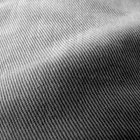
How to Die Fabric White
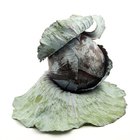
How to Make Blue Food Coloring
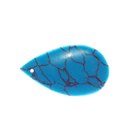
How Do I Use Rit Dye to Make Turquoise ...

Difference Between Permanent Hair Color ...

Jelly Belly Nutritional Information

About Hair Bleaching

How to Color White Frosting to Make ...

New Spicy Skittles and Starburst May ...

How to Make Caramel Coloring
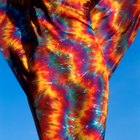
How to Make Tie Dye Fondant

How to Get Rid of the Gray in Beards

How to Take Out Brass in Strawberry ...

How to Dye Clothes in the Army's Olive ...
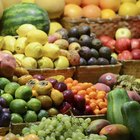
Nutrition: Fruit and Vegetable Colors
Writer Bio
Karyn is an EMT, Wellness Specialist and a diabetes and health blogger. Her focus is directed towards promoting natural living and healthy lifestyle through her writings. She has contributed to sites such as Mother Earth Living, Diabetic Direction and Diabetic Foodie.